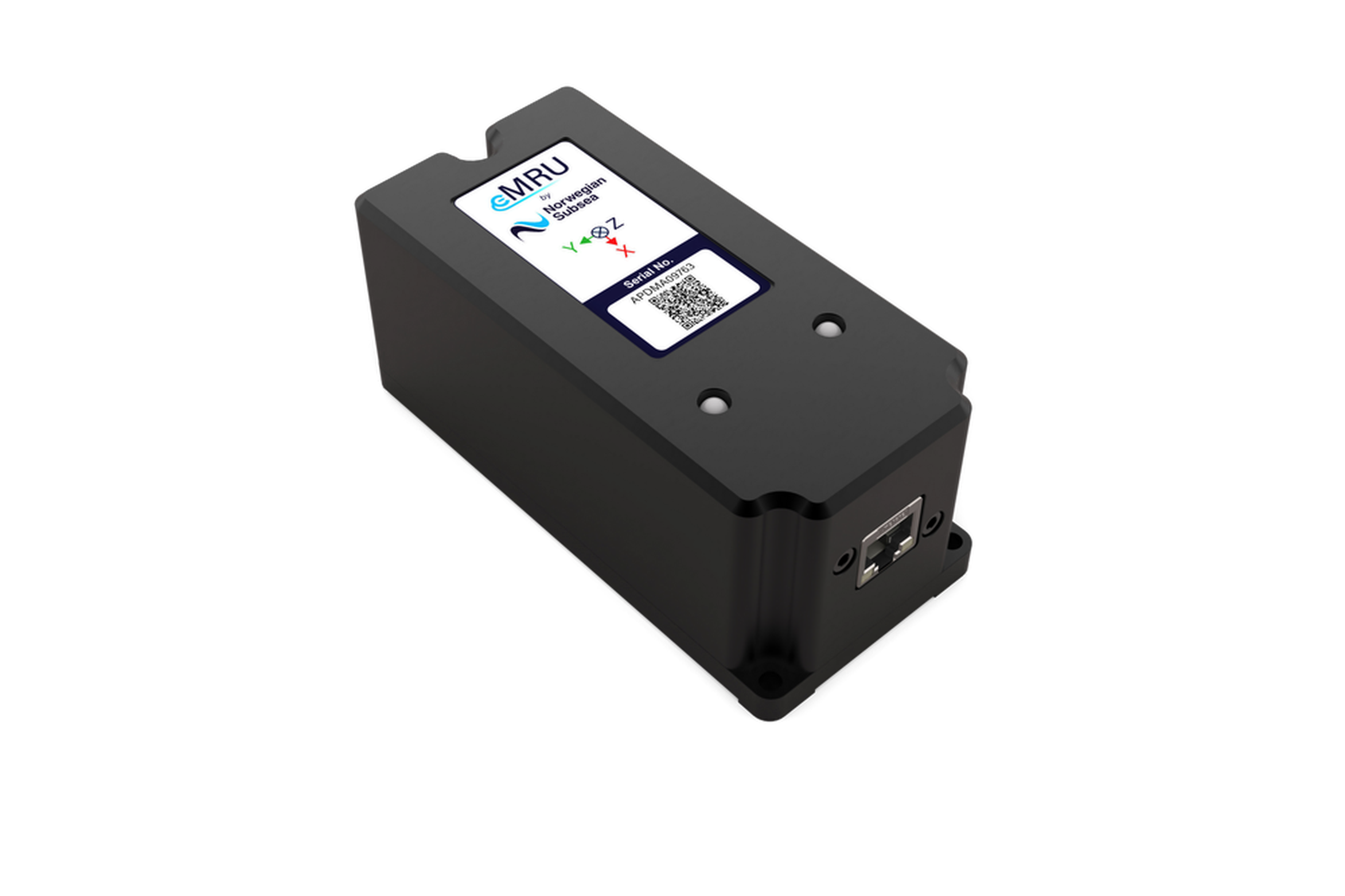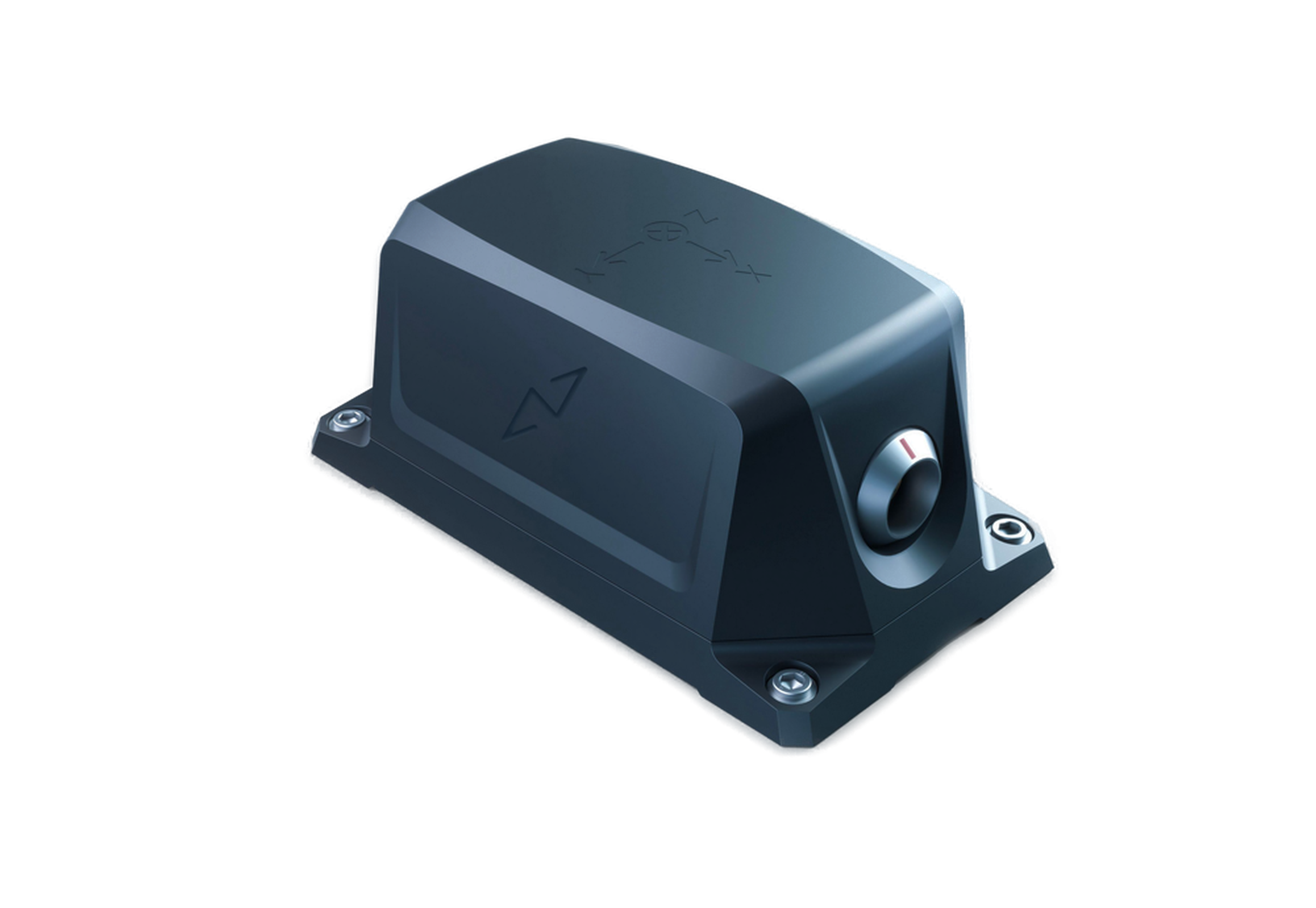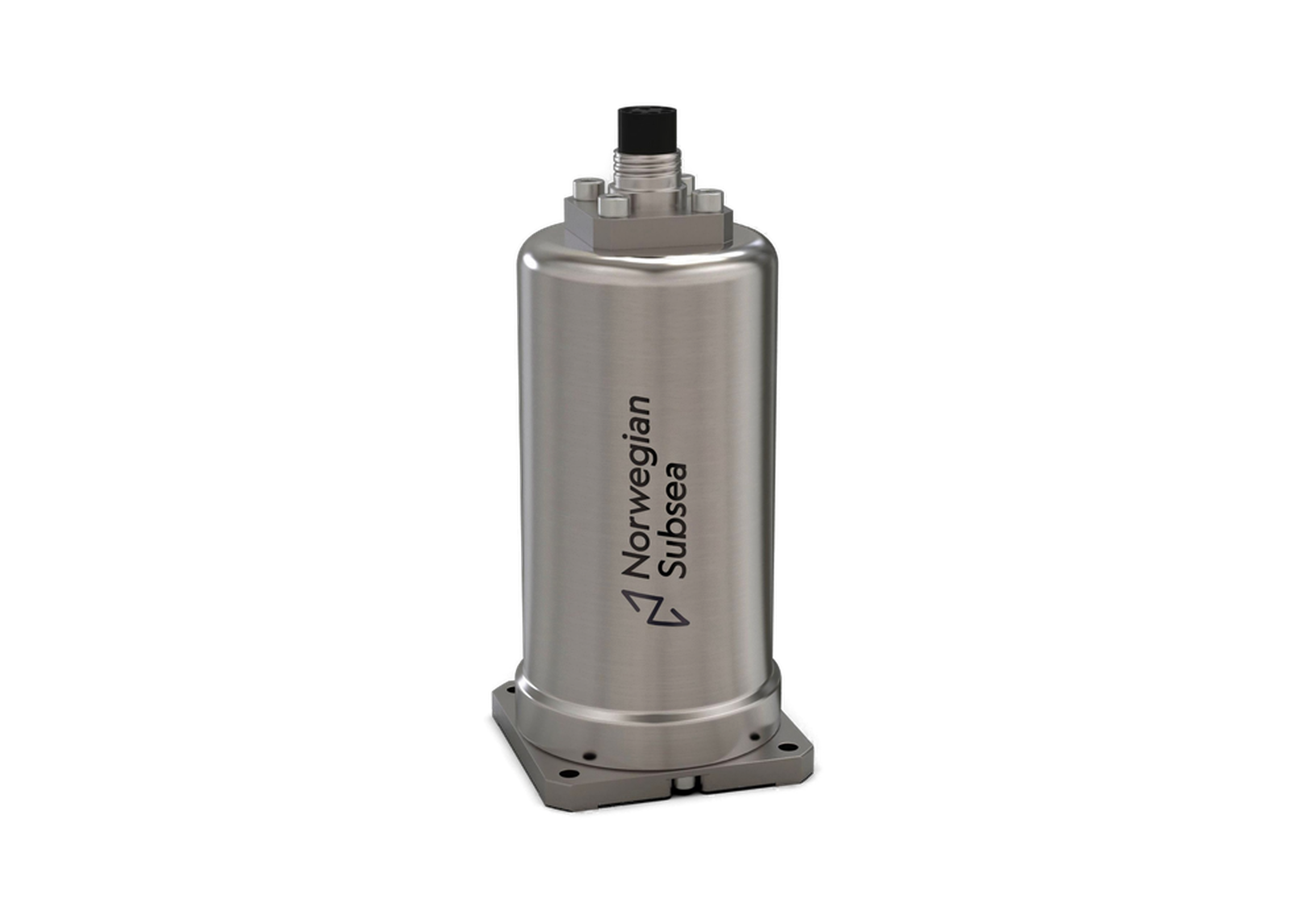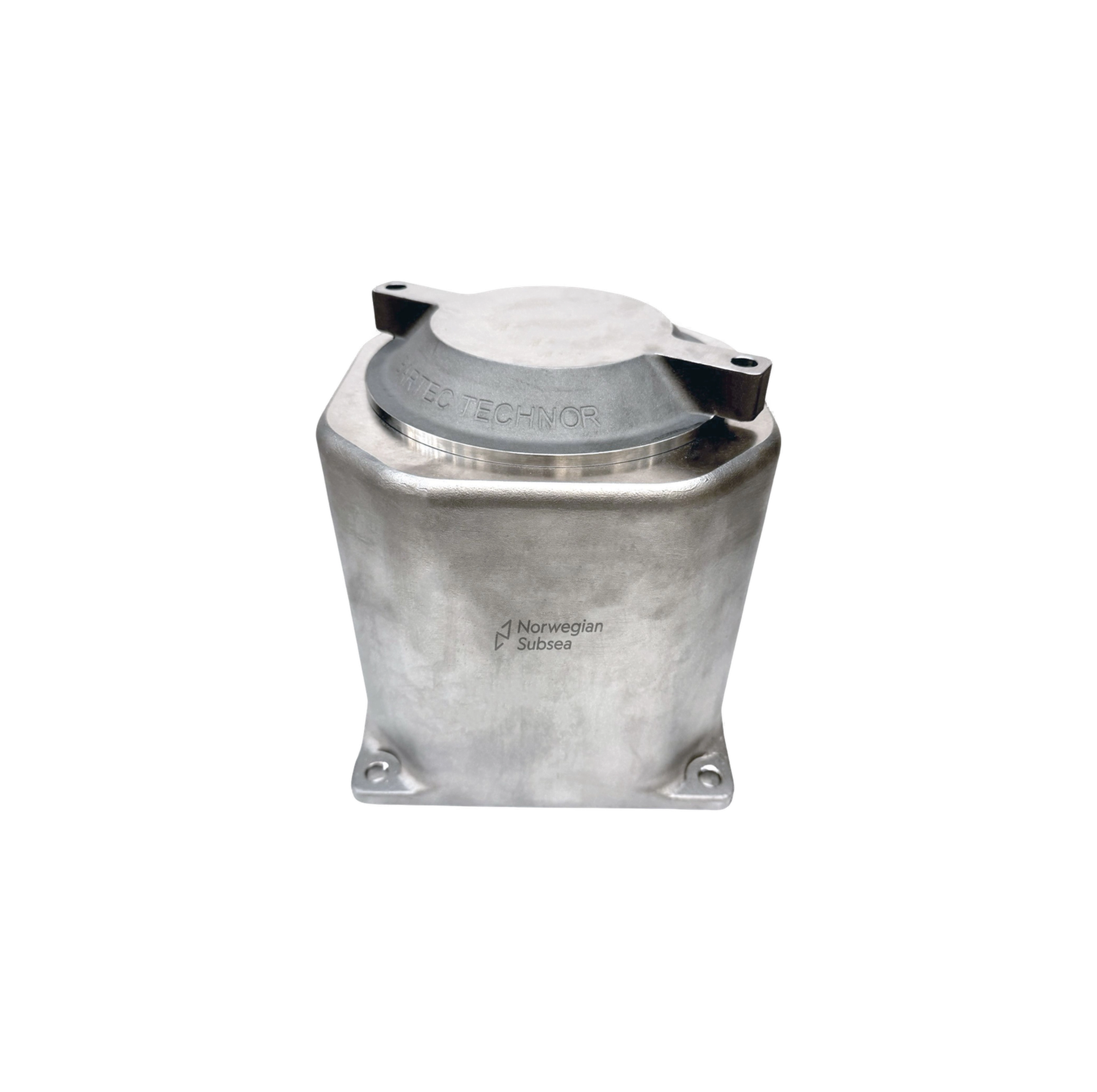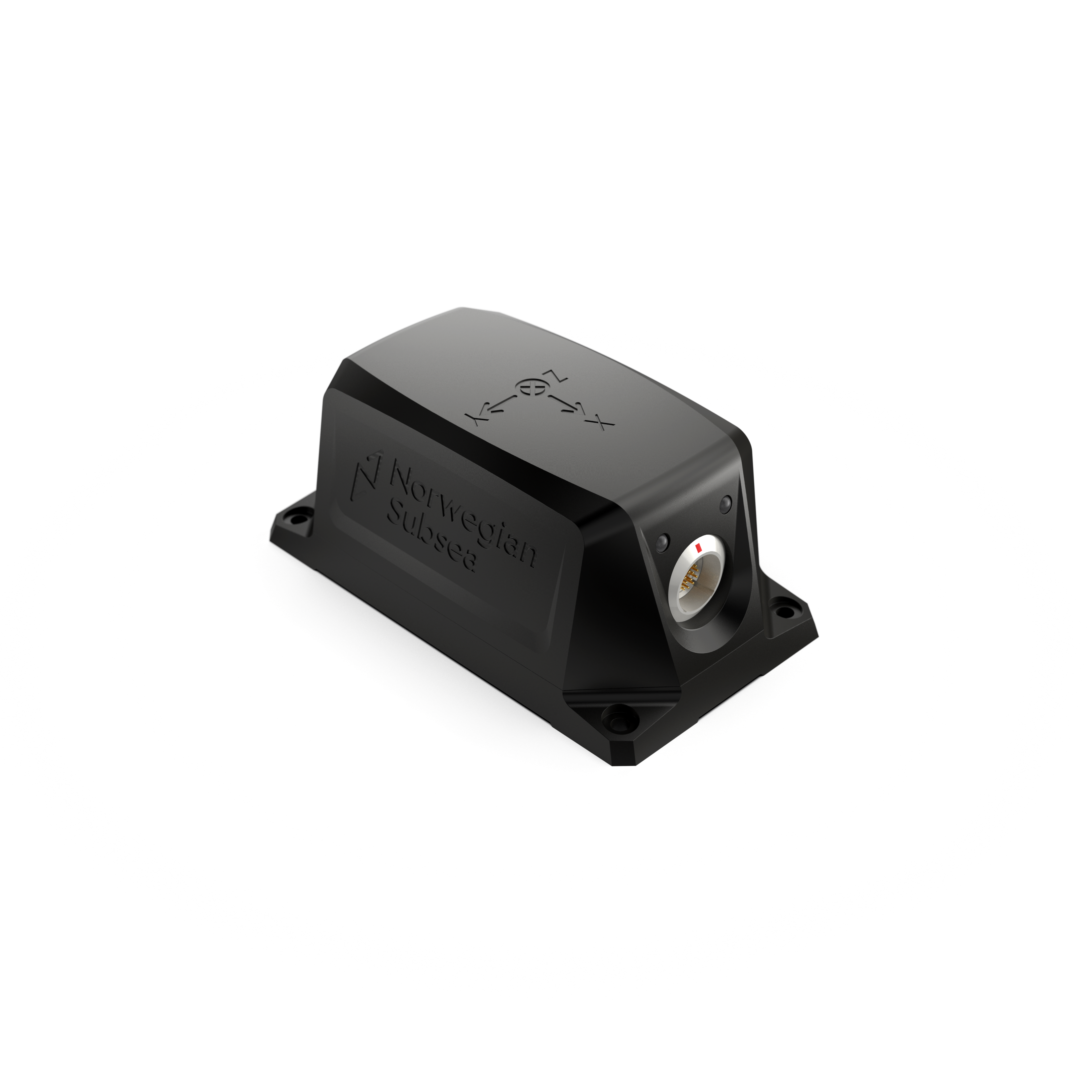How do I choose the right motion sensor?
Choosing the right motion sensor ensures optimal performance and reliability for your specific needs. At Norwegian Subsea, we offer a range of high-performance Motion Reference Units (MRUs) designed for diverse marine, subsea, and offshore applications. The selection process primarily depends on the operational environment, required accuracy, connectivity needs, and specific functionality.
First, consider the installation environment. Our MRU Compact (IP65) is ideal for indoor or control box mounting, featuring easy plug-and-play installation with passive Power over Ethernet (PoE) via an RJ45 connector. For on-deck or shallow subsea applications (up to 50m), the MRU Marine (IP68) provides robust performance with versatile connectivity options including Ethernet, RS-232/485, and PPS. For deep-water applications up to 6000m, the MRU Subsea offers a compact, high-pressure titanium housing with Subconn connectors. If operating in hazardous areas, the MRU Ex provides a certified stainless steel solution (II 2 G Ex d IIC Gb).
Next, determine the required accuracy. All our MRU models are available in three accuracy tiers for Roll & Pitch: the 3000 series (±0.05°), the 6000 series (±0.02°), and the high-precision 9000 series (±0.01°). Heave accuracy is consistently high across models at 5.0 cm or 5.0%. All sensors utilize advanced sensor fusion algorithms and state-of-the-art MEMS technology, validated in real sea conditions.
Evaluate your system integration requirements. Norwegian Subsea MRUs support a wide range of standard and customizable data protocols (e.g., UDP, Modbus TCP, Ethernet/IP, NMEA, Modbus RTU) over Ethernet and serial lines (RS-232/485), ensuring seamless integration. We offer various connector options (RJ45, Marine 16-pin, Subconn, Pigtail) and flexible cable lengths. Our sensors are designed for easy configuration via a web browser interface, requiring no software downloads.
Finally, consider the required output data. While our standard MRUs provide full 6 Degrees of Freedom (6DoF) measurements (Roll, Pitch, Heave, Yaw, Surge, Sway), we also offer Inclinometer/VRU versions across all models. These provide the same high Roll & Pitch accuracy but without Heave, Surge, and Sway outputs, offering a cost-effective solution when only attitude data is needed. All Norwegian Subsea sensors can be mounted in any orientation and are known for their long-term stability, often eliminating the need for recalibration, making them ideal for both new installations and cost-effective retrofitting.
